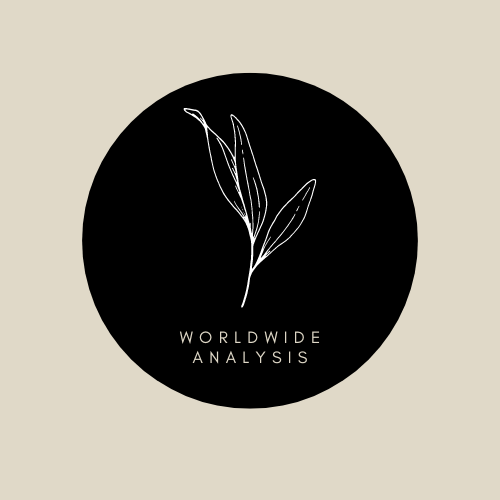The advent of digital printing, on account of the surging environmental concerns, will facilitate the use of production printers in the forthcoming years. Unlike offset printers, digital printers use mild solvents and lesser chemicals, owing to which they have a minimal contribution to environmental degradation. Additionally, the minimal set-up costs of digital printers are also encouraging businesses to shift toward these printers. Moreover, the absence of plates in digital printers reduces the upfront cost of these printers.
Thus, the soaring focus of businesses on green printing technology and cost-effective printing options will help the production printer market prosper from 2018 to 2023. In contemporary times, a large number of books and magazine publishers are shifting from offset to digital production printing to reduce their printing costs. Nowadays, publishers are increasingly using production printers for largescale printing of cartons, foil sealed bags, labels, anti-corrosive packaging, flexible packaging, plastic packaging, and corrugated packaging.
In addition, the booming e-commerce industry, owing to the growing internet penetration, soaring public awareness about online shopping, and lowering prices of products on e-commerce platforms, will also create a huge requirement for production printers in the foreseeable future. Currently, e-commerce companies are focusing on creating customized t-shirts, wall art, pillows, hats, and bags for their customers. To offer customized products to their existing and potential clients, e-commerce firms are focusing on sourcing print-on-demand (POD) products to print companies.
Color and monochrome printers are the different types of production printers being adopted by publishing and e-commerce companies. Both these printers are based on inkjet, offset, flexography, laser, screen, gravure, toner, pad, dye-sublimation, or relief print technology. In the last few years, these printers are predominantly used for commercial applications such as stationery, letterheads, binders, calendars, marketing collaterals, catalogs, stickers, brochures, event tickets, leaflets, menus, desk pads, memo pads, manuals, and envelopes.
Presently, the production printer market is dominated by HP Inc., Miyakoshi Printing Machinery Co. Ltd., Eastman Kodak Company, Konica Minolta Inc., Xerox Corporation, Inca Digital Printers Limited, and Electronics for Imaging Inc. Currently, these companies are focusing on mergers and acquisitions, partnerships, and product launches to offer their products to a greater number of customers. For example, in January 2019, Xerox Corporation improved its AltaLink Multifunction Printers (MFPs) to allow enterprises to monitor security settings, customize tasks to enhance productivity and maximize time, and automatically reset unauthorized changes.
According to P&S Intelligence, the APAC region is the dominant user of production printers, due to the surging need for color printing in newsletters, trans-promo pages, brochures, advertisements, and banners in regional countries. As color prints are impactful and more compelling than black and out prints, business organizations are increasingly using color prints for advertising purposes and in professional work documents. Among APAC nations, China is the leading user of flexographic printers, gravure printers, and litho commercial printers, which are being used for printing directories, books, newspapers, and magazines in the country.
Thus, the rising focus of businesses on eco-friendly printing technologies and the flourishing e-commerce sector will fuel the use of production printers, globally.



